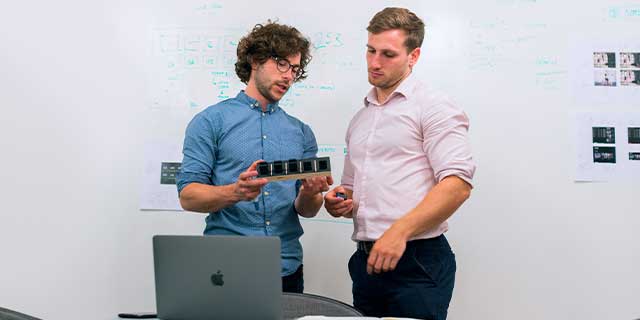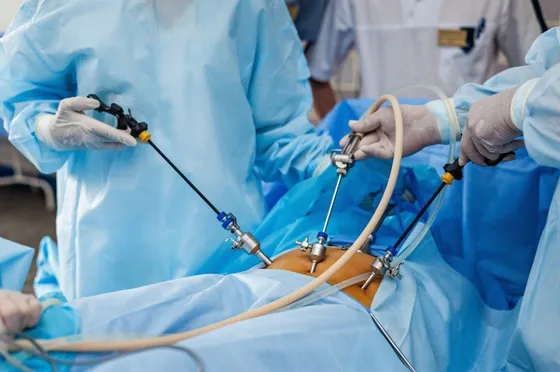
What are the criteria for patenting my invention?
A patent is essential for your product’s protection, but what are the criteria for patenting? If you want to know the answer to this question, this blog is for you. We will discuss the criteria for patenting here and try to highlight different aspects related to it. So, let’s start our learning on the subject.
What is a patent?
A patent shield guards your product against unauthorized use and possible misuse. It is the grant of exclusive intellectual ownership rights over a product. After you patent a product, you decide how you want to use it, and nobody else can use it without your express consent and approval. Usually, physical products or inventions get a patent right. But, patents come in different forms and types. We shall talk about them later.
What does a patent imply?
When you get a patent, you become the legal owner of a product. You now have full liberty to decide how you want to sell, resell, mass-produce, and distribute that product. You now have complete authority to exploit that product and reap its monetary benefits commercially. It is pertinent to mention that patents have a life – usually twenty years. After that, the product loses its legal cover, and anyone can imitate or use it.
Who grants the patent rights?
To get a patent, you apply for it in the office of a competent authority in your area. In the application, you describe your product and pray for its exclusive ownership. Patents have a national character and are given by your local authority. There is no “international” or “worldwide” patent as such. To get your patent drawings from a professional for filing your application, please visit this link.
The award of patents is governed by specific laws, rules, and regulations. The applicant needs to be aware of those, and he can also consult a lawyer for this purpose. The knowledge of such laws will help him make his application impactful with better chances of success.
Patents’ cost:
Patents do not come at an accessible cost. You must pay legal fees to get the patent license. You may also have to pay maintenance and filing expenses. The fee range is usually a couple of thousand dollars, depending on the product. It also varies from country to country.
Patents database:
Nearly every country in the world maintains an active database of all the registered patents within its boundaries. It is a handy guide for someone willing to get its product patented. The applicant can get an idea of all the existing patents and check the viability and patentability of its product.
Different types of patents:
Before we delve into our main topic of criteria for patenting, let’s briefly take a look at some of the patent types. It will help us categorize our patent and apply for its ownership rights effectively.
Design patent: It is given protection against an ornamental design or unique visual representation of a product. The appearance of coke’s bottle is a case in point. A computer icon can also fall into this category. To get further insight on the design patent, you can click here.
Plant patent: It is granted to an inventor who has discovered, invented, or asexually reproduced a new and unique variety of a plant.
Provisional patent: It is a patent-in-progress and not a patent. The authority grants this patent with a timeframe for awarding the complete patent. The actual patent rights may or may not be given during that timeframe. The petitioner may refile his application if it gets rejected.
Utility patent: This type is related to a new or improved product, process, or machine. It needs to be helpful to be effective. It is sometimes also known as standard patent. You can get more information on utility patents by clicking here.
What items are awarded patents?
Usually, patents are given to inventions, but they can also be awarded to a design process, an industrial method, a new or improved production process, a new material made from other known materials or matter composition, etc.
What are the criteria for patenting a product?
We come to our main topic of defining the criteria for patenting a product. While the nitty-gritty of the procedure may vary from country to country or region to region, the broad framework remains the same. Let’s look at it below;
The novelty of the product:
To patent a product, or a part of an element of it, the product should be new, unique, and distinct. It should be different from similar products already in the public domain and use. Those products may be already patented too. Such products are referred to as prior art in the technical jargon. To check, you may run a google search or consult your local patent and trademark granting authority for details.
Non-obviousness of the product:
It is a crucial criterion for patenting a product and is technical and complex. An examiner will check your product and test it for non-obviousness. It implies that a person with basic knowledge and skill level of that particular industry would find that product or an element of it obvious or not. If it is obvious, then it is not patentable. Simple changes like material substitution and size difference do not amount to patentability.
The product should be patentable:
To find out the patentability of a product, we will see which products or objects are not patentable. These include theories, plans, schemes, principles, artworks, novel or abstract mental and intellectual concepts, arithmetic algorithms or models, etc. Other than these, every other invention, process, business or industrial method, software, biological material, etc., is patentable.
The product must be practical:
We can define practicality in terms of usage. The product must have some active use in business or industry. It must not be something that is there just for aesthetic purposes.
Utility of the product:
It refers to the claims of the product’s inventors, whether or not the product can be made following the procedure and steps they have outlined. It is not concerned about the product’s salability; it talks about only its utility. It also means that the product must carry some operational benefits for the users. The quantum of use is subjective. Even if a few individuals can take advantage of it, the product qualifies for a patent.
No prior use:
Again, the product mustn’t have a previous history of usability or sale. If you have been selling it or using it in part or whole, it does not qualify for patents.
The distinctiveness of design:
The design of the product should be unique. It should not be similar to the existing design or a combination of current designs.
Conclusion:
These were the criteria for patenting a product or process. It takes time to patent a product. The competent authority decides
after considering all the factors that we have discussed above. The timeframe for awarding a patent varies from one country to the other. It could take 18-24 months to grant a patent. We hope you have fully understood the process now and will have no difficulty getting your product patented. If you want to hire a professional to assist you in patent filing, you can visit here.




